
|
| |
|
|
|
|
|
|
Products mentioned in this Article
--None--
|
|
|
|
|
|
|
|
|
 |
|
|
Wasp IIC (BR214)
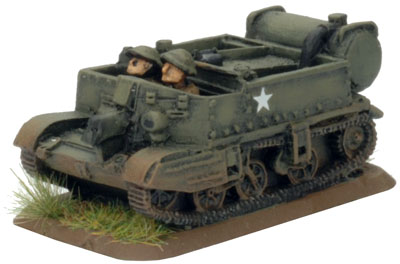 |
Wasp (x3) (BR214)
Wasp Mk IIC (Flame-thrower, Transportable, No 2, Mk IIC)
Flame-throwers pose many risks to the operator. They are heavy and impair mobility, they are highly visible when fired, and the operators were often targets of reprisals and rarely survived to be taken prisoner. A Flame-thrower's effective range is short in comparison with that of other battlefield firearms meaning the operators would often have to get close to targets exposing themselves to close range enemy fire.
This product is no longer currently available for sale...
|
 |
|
One way to minimize the disadvantages of flame-throwers was to mount them on armoured vehicles. The British and Canadians fielded the Wasp (a Universal Carrier mounting a flame-thrower) beginning in mid 1944.
The inception of the Wasp began as early as 1940. The British decided to develop a flame-thrower that could be mounted on a Universal Carrier. The gas-pressure-operated Ronson flame-thrower was selected. The British soon decided that the initial design with external mounted fuel tanks would be vulnerable to fire and it was decided to redesign it.
|
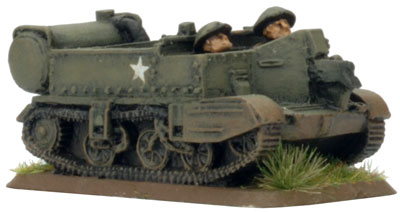 |
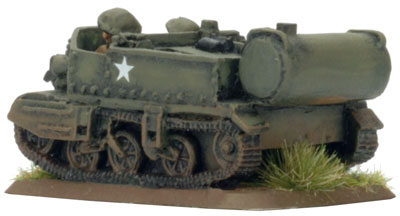 |
The new design fitted the fuel tanks in the rear compartments usually reserved for cargo, additional weapon and crew. This version had the flame projector mounted rigidly above the co-drivers positions, which meant that the whole vehicle had to be turned to aim the weapon. This version was christened the Wasp I. Soon after a new version that fitted the projector in the normal co-drivers weapon port and allowed for some degree of movement and aiming independently of the vehicle. This new version (the Wasp II) was officially adopted by the British and the Wasp I was relegated to training only. It went into production in late 1943. |
| Meanwhile the Canadians were not entirely happy with the British version of the Wasp and went about modifying the design produced in Canada. The Wasp IIC differed from the Wasp II by repositioning the fuel tank to the rear of the vehicle and thus allowing a third crewman armed with a Bren gun to take his position in the rear. The Canadians argued that this allowed their Wasp to continue to function as a carrier after it had expended its flame fuel. |
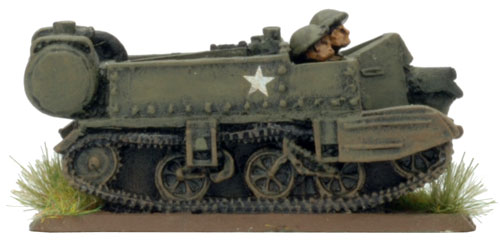 |
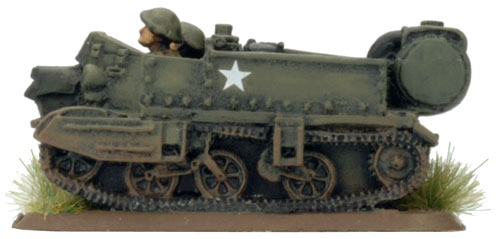 |
Experience in the field proved the Canadians right and the Wasp IIC proved no more vulnerable than the Wasp II. By the end of the war most Wasp II carriers were retired in favour of the Wasp IIC. Once the initial production run of the Wasp II had been completed British production also switched to the Wasp IIC.
Eventually every infantry battalion was equipped with six Wasp IIC flame carriers. |
|
In Flames Of War
Up to two Scout or Carrier Patrols can be armed with Wasp carriers as Weapons Platoons options in Motor and Rifle Companies as found in Overlord.
The Wasp Carrier is Half-tracked giving is good speed over open countryside. Like all carriers it is lightly armoured with Front 0, Side 0 and Top 0. Its main advantage is its Wasp flame-gun which has a range of 4”/10cm and ROF 3. It also has a Hull MG to represent the additional Bren gun armed crewman in the back.
Check out the Flame-thrower rules on page 84 of Flames Of War.
Designed by Evan
Painted by Jeremy
|
Last Updated On Wednesday, February 20, 2019
|
|
|